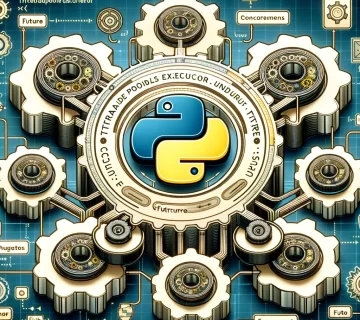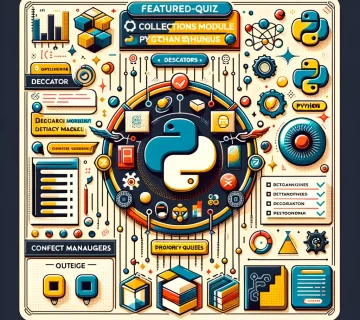In the world of Python programming, understanding boolean values and their operations is crucial. Booleans represent one of the simplest data types in Python, with only two possible values: True and False. However, mastering their use is key to controlling the flow of your Python programs through conditionals and loops.
This short, engaging quiz is designed to test your understanding of boolean logic in Python, covering everything from basic true and false values to more complex boolean operations. Whether you’re a beginner looking to solidify your understanding or an experienced coder brushing up on the basics, this quiz offers a fun way to check your knowledge and learn something new.
By participating in this quiz, you’ll not only reinforce what you already know but also uncover areas that might need a bit more study. Good luck, and may your boolean logic skills grow stronger!





No comment